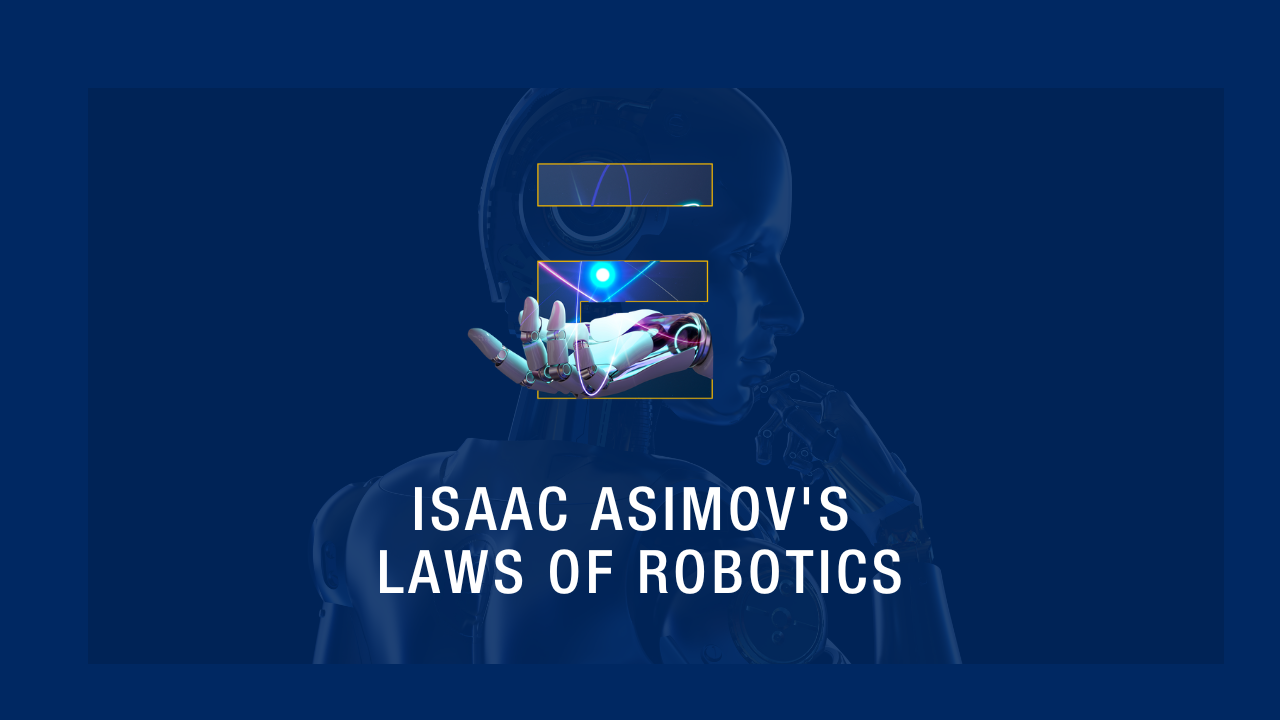Laws of Robotics - A Guidepost

Isaac Asimov's Laws of Robotics are a set of rules that Asimov proposed in his science fiction works to govern the behaviour of robots and other forms of artificial intelligence.
These laws were introduced in Asimov's short story "Runaround" in 1942 and have been used in many of his subsequent works, including the novel "I, Robot." They are meant to ensure that robots and AI always act in the best interests of humanity, and to prevent them from causing harm.
Asimov's laws have been influential in the field of AI ethics, and have been discussed in many academic papers and books. However, they also present certain challenges, such as how to define "harm" and "human being," and how to reconcile the laws with other ethical principles, such as autonomy and beneficence.
1)A robot may not injure a human being or, through inaction, allow a human being to come to harm.
2)A robot must obey the orders given it by human beings, except where such orders would conflict with the First Law.
3)A robot must protect its own existence as long as such protection does not conflict with the First or Second Laws.
These laws have been used as a starting point for many discussions about the ethical implications of AI and robotics. They have been used as a framework for the design of robots and AI, and have been discussed in relation to the development of self-driving cars, drones, and other autonomous systems.
Although Asimov's laws were developed for science fiction, they have become an important point of reference for scientists and engineers working on AI and robotics. They have also become a part of popular culture, and have been referenced in many films, TV shows, and other works of fiction.
It is important to note that, while these laws are not yet implemented in any real-world robots, they serve as a guidepost for ethical considerations in the development and use of AI and robotics technology.
The benefits of these laws include:
1)Providing a framework for ensuring that robots behave in a safe and predictable manner towards humans.
2)Encouraging the development of robots that are able to make ethical decisions in order to protect humans.
3)Helping to prevent potential dangers that could arise from the use of robots, such as accidental harm to humans or the misuse of robots for harmful purposes.
4)It also is a way to avoid the possible negative consequences of creating machines with higher intelligence than humans, as well as a way to make sure that the machines will act in the best interest of human society.
Asimov's laws of Robotics were designed to ensure that robots and AI always act in the best interests of humanity and to prevent them from causing harm. As technology is advancing, It is important to keep these laws in mind as we move forward to ensure that we are creating safe and beneficial robots for humanity.



